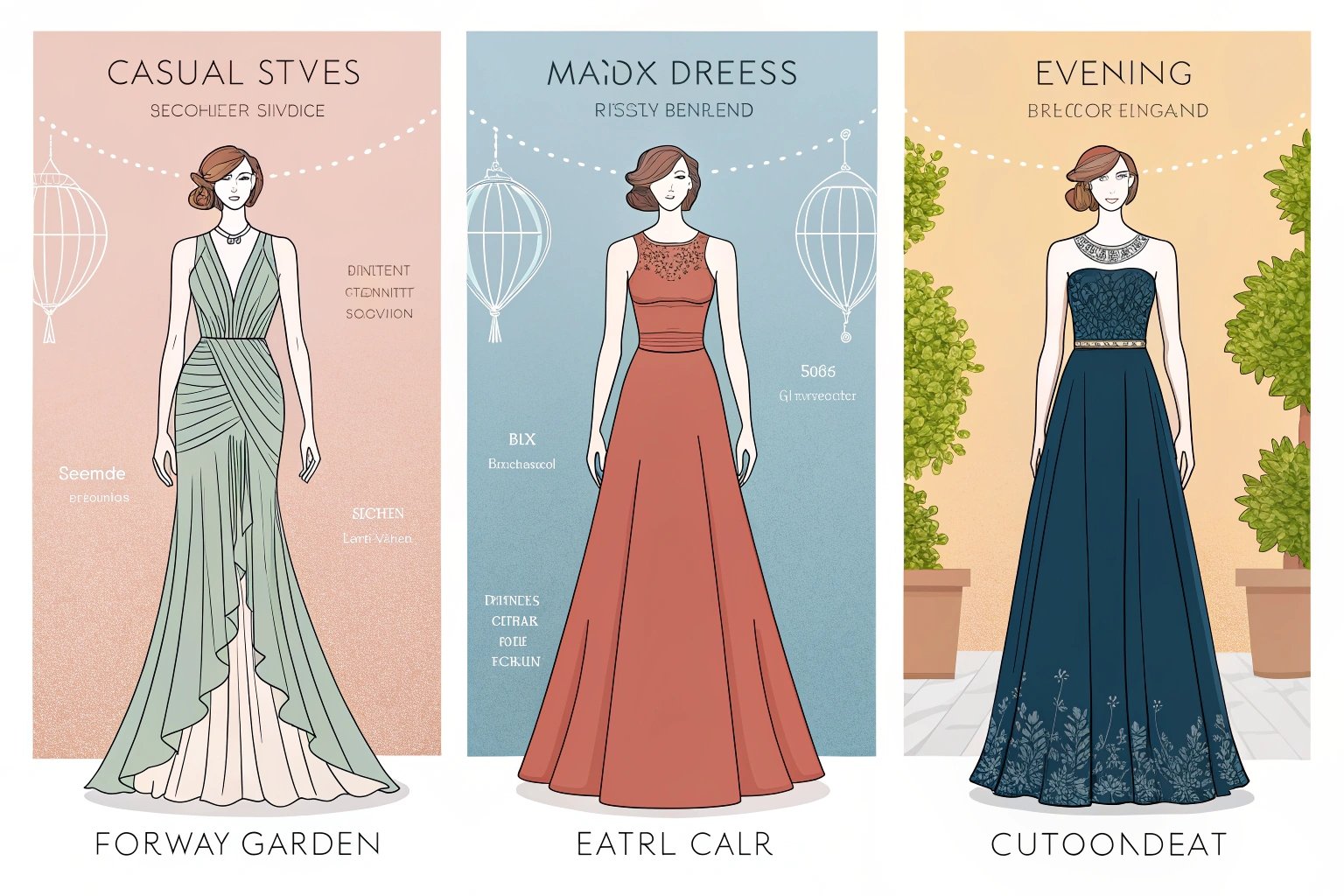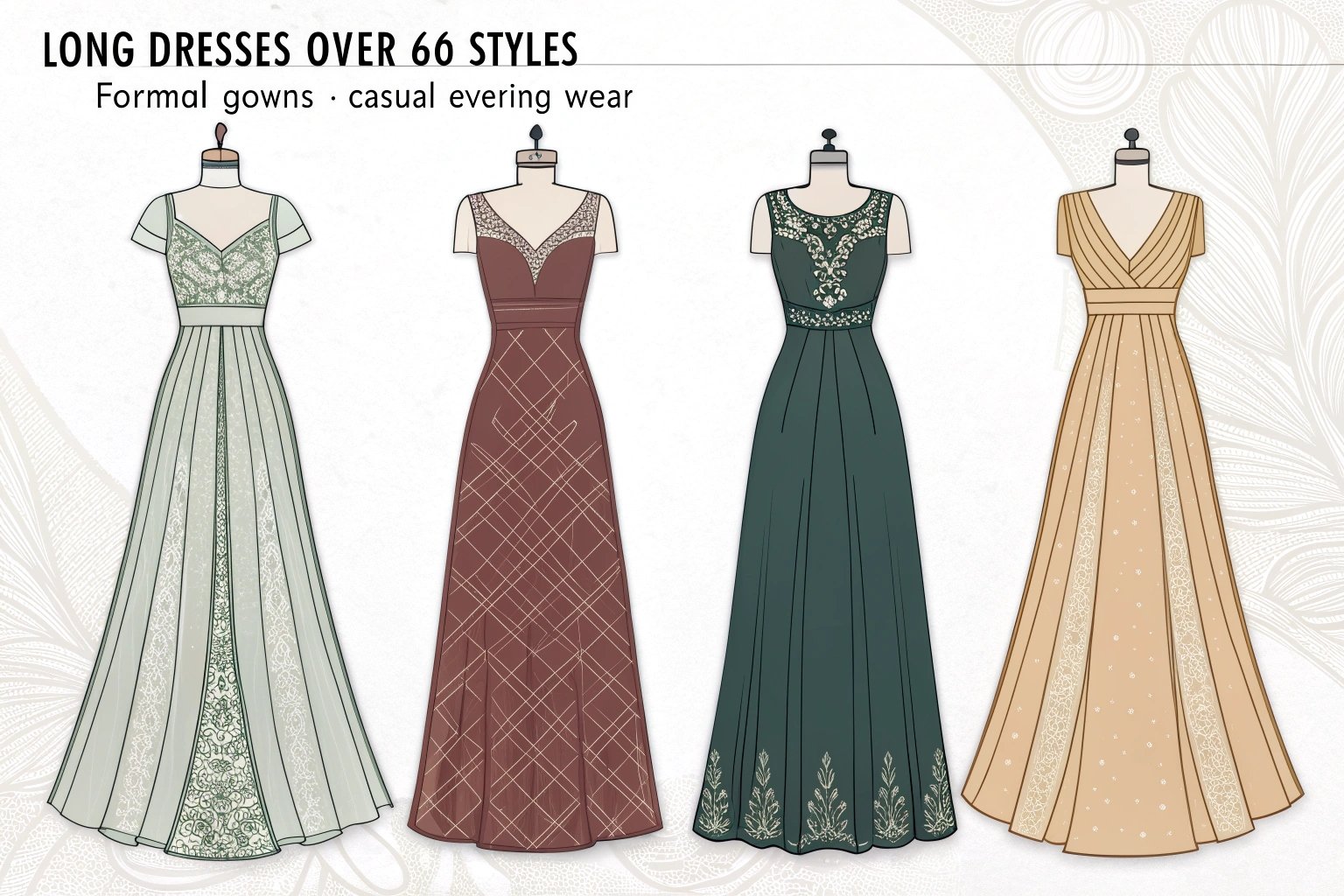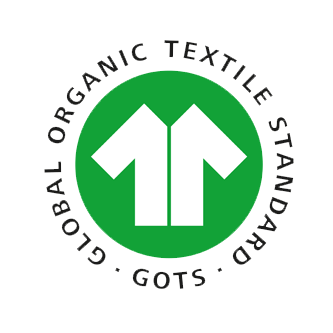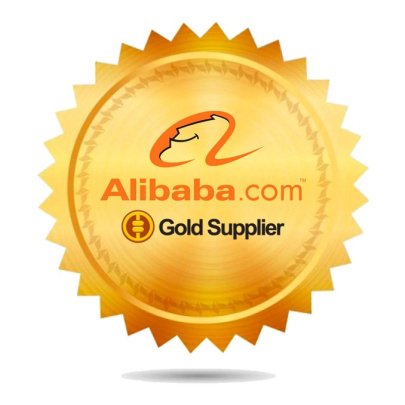Creating a private label clothing brand can be a lucrative venture for those looking to enter the fashion industry without the need for extensive manufacturing infrastructure. By partnering with a private label clothing manufacturer, you can offer your own brand of clothing while outsourcing production to experts. This approach allows you to focus on brand development1, marketing, and sales while leaving the manufacturing to a trusted partner. In this guide, we’ll explore the essential steps to creating a private label clothing brand, the benefits of private labeling, how to find the right manufacturer, and strategies for growing your brand.
Private labeling offers aspiring clothing brands the opportunity to enter the market quickly and cost-effectively, making it an attractive option for entrepreneurs.
What Is a Private Label Clothing Brand and Why Should You Create One?
A private label clothing brand refers to a brand that outsources the design and production of its apparel to a manufacturer, which produces the clothing under the brand’s name. These brands don’t own their own factories but instead partner with clothing manufacturers who produce the items to the brand’s specifications.
 Fashion Team Discussing Design Details
Fashion Team Discussing Design Details
How Does Private Labeling Differ from Other Types of Clothing Brands?
Private labeling differs from traditional brands in several key ways:
- Ownership of Designs: Unlike generic or white label brands, private label brands own the rights to their designs and are typically able to request specific alterations to meet their branding needs.
- Branding Control: The product is sold under the private label brand’s name, giving the brand complete control over marketing and customer experience2.
- Partnership Model: Rather than managing their own production, private label brands work closely with manufacturers who handle the creation of products on behalf of the brand.
What Are the Benefits of Starting a Private Label Clothing Brand?
Private labeling offers several advantages, including:
- Lower startup costs: Since you don’t have to build your own manufacturing facility, you save significantly on overhead.
- Customization: You can offer unique products tailored to your target audience.
- Brand control: You have full control over your brand’s image and customer experience, which is crucial for building a loyal following.
How Do You Find the Right Private Label Clothing Manufacturer?
Finding the right manufacturer is crucial to the success of your private label clothing brand3. A reliable manufacturer ensures that your products are high-quality, produced on time, and adhere to ethical standards.
What Should You Look for in a Reliable Private Label Clothing Manufacturer?
When choosing a manufacturer, consider the following factors:
- Experience and reputation: Look for manufacturers with a proven track record in your specific clothing niche.
- Quality control: Ensure they have strong quality assurance processes in place to meet your standards.
- Production capacity: Make sure they can handle both small and large orders to accommodate growth.
- Sustainability: Choose manufacturers who adhere to environmental and ethical production standards.
How Do You Research and Evaluate Potential Private Label Manufacturers?
To evaluate manufacturers:
- Request samples: Ask for samples of the products to assess their quality.
- Read reviews and testimonials: Look for feedback from other brands who have worked with the manufacturer.
- Audit facilities: If possible, visit their production facilities to inspect their operations.
- Assess customer service: A responsive, proactive customer service team can make a significant difference in your working relationship.
How Do You Design Your Private Label Clothing Line?
Designing your clothing line requires a combination of creativity and understanding of your target market. Your designs should reflect your brand’s identity while also appealing to your audience’s needs.

How Much Creative Control Do You Have When Working with a Private Label Manufacturer?
While working with a private label manufacturer gives you creative control over your designs, the extent of customization4 may depend on the manufacturer. Some manufacturers offer full customization options, while others may provide limited choices such as fabric selection, colors, and styles.
How Can You Customize Your Products to Match Your Brand’s Identity?
Customizing your products involves:
- Choosing fabrics and materials: Select fabrics that match your brand’s image and target market preferences (e.g., sustainable materials for eco-friendly brands).
- Color schemes: Incorporate your brand’s colors into the designs for consistency across all products.
- Labels and tags: Include custom labels and tags to give your products a unique identity that resonates with consumers.
What Are the Costs Involved in Creating a Private Label Clothing Brand?
Creating a private label clothing brand involves various costs, from product development5 to marketing and distribution.
How Much Should You Budget for Working with Private Label Clothing Manufacturers?
The cost of working with private label manufacturers depends on several factors, including:
- Order volume: Larger orders typically reduce the per-unit cost.
- Customization: Highly customized designs or premium fabrics can increase manufacturing costs.
- Quality control: The more rigorous the quality assurance, the higher the cost.
- Minimum order quantities (MOQs): Manufacturers often have MOQs, which can impact your initial investment.
What Are the Additional Costs for Marketing, Packaging, and Distribution?
Apart from manufacturing, consider these additional costs:
- Marketing: Budget for online advertising, influencer partnerships, and content creation to build brand awareness.
- Packaging: Custom packaging adds a branding touch but also increases costs.
- Distribution: Shipping and warehousing costs can add up, particularly for international sales.
How Do You Market and Promote Your Private Label Clothing Brand?
Once you have your clothing line ready, the next step is to promote it effectively to attract customers.

What Are the Most Effective Marketing Strategies for Private Label Brands?
To successfully market your private label clothing brand, you should:
- Leverage social media6: Platforms like Instagram, Facebook, and TikTok are great for showcasing your designs, engaging with your audience, and building brand loyalty.
- Influencer marketing: Collaborating with influencers who align with your brand’s values can help boost credibility and reach a wider audience.
- Content marketing: Create valuable content that resonates with your target audience, such as blog posts, tutorials, or fashion inspiration.
How Can Social Media and Influencers Help Boost Your Brand’s Visibility?
Social media is an indispensable tool for brand growth. Partnering with influencers can help:
- Increase brand visibility: Influencers can reach a large number of potential customers and expose your brand to a wider audience.
- Build trust: Influencers can lend credibility to your brand, especially if they are trusted by your target audience.
- Drive sales: Influencers can share discount codes or affiliate links that encourage their followers to purchase your products.
How Do You Scale Your Private Label Clothing Brand Over Time?
Once your brand gains traction, you’ll need strategies for scaling effectively.
How Can You Expand Your Product Range and Customer Base?
To scale, you can:
- Introduce new product lines: Expand your offerings by adding new clothing items, such as accessories or outerwear.
- Target new markets: Consider international expansion or catering to different demographics.
How Do You Maintain Strong Relationships with Private Label Clothing Manufacturers?
To ensure long-term success:
- Clear communication: Maintain open lines of communication to address concerns and update your manufacturers on any new developments.
- Regular visits: If possible, visit the production facility regularly to ensure quality standards are maintained.
- Timely payments: Paying invoices promptly builds trust and strengthens your business relationship.
Conclusion
Starting a private label clothing brand is an exciting and potentially profitable venture. By carefully selecting the right manufacturer, designing products that reflect your brand identity, and employing effective marketing strategies, you can create a successful clothing brand. With the right partners and a clear strategy in place, your private label brand can thrive in today’s competitive fashion industry7.
-
Learn about brand development strategies that can help you establish a strong identity in the competitive fashion market. ↩
-
A great customer experience can build loyalty; learn strategies to improve it for your clothing brand. ↩
-
Understanding the concept of private label clothing brands is essential for anyone looking to enter the fashion industry. ↩
-
Customization is key to brand identity; find out how to effectively customize your clothing line. ↩
-
Understanding product development is essential for creating successful clothing lines; explore the key steps. ↩
-
Social media is crucial for brand promotion; find out which platforms work best for clothing brands. ↩
-
Staying updated on fashion industry trends can help you position your brand effectively in the market. ↩









